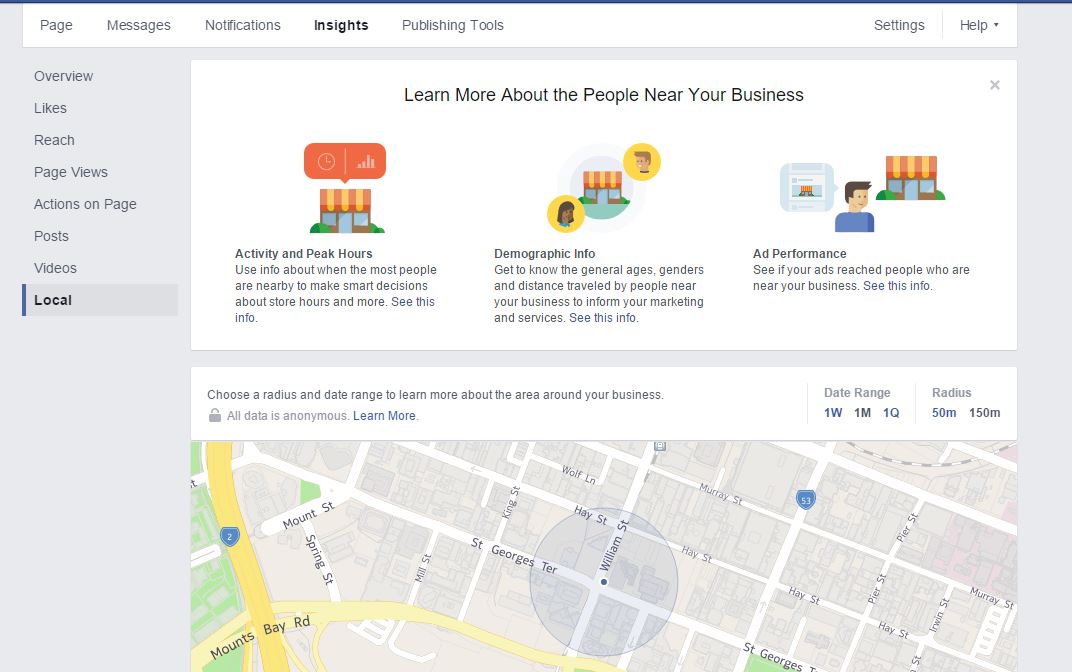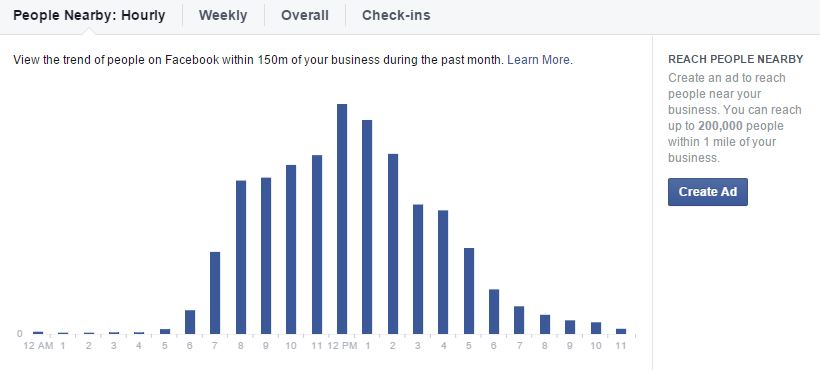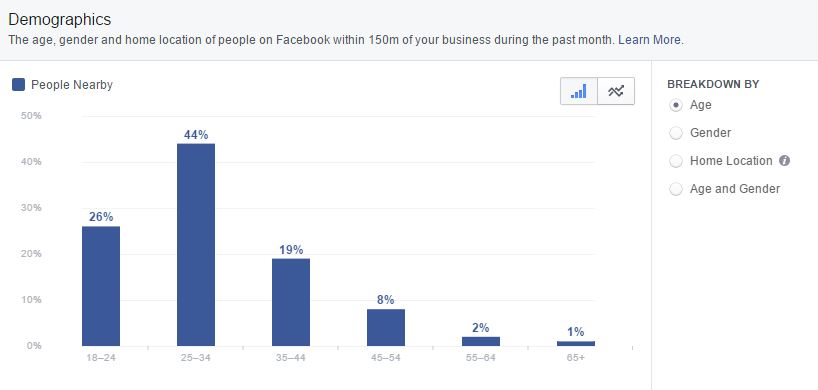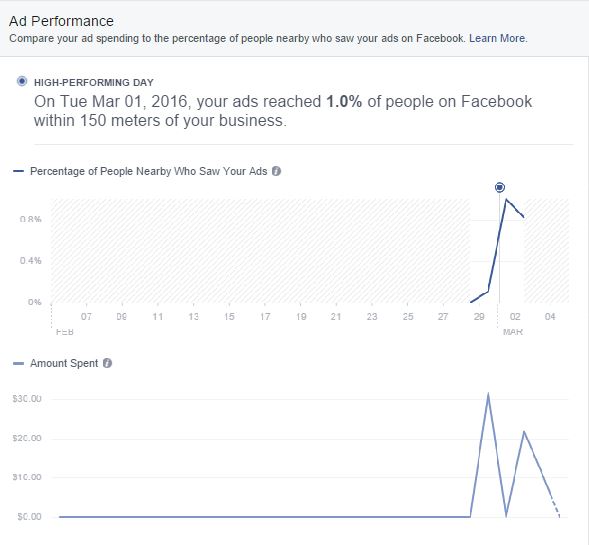Business Blogging – Do I Need It?
I don’t have time to write a blog.
I don’t know what to write about.
Im not a good writer.
How will having a blog benefit my business?
Will it increase sales?
You may have asked these questions! This post is about answering them and more to explain why you need to be blogging for your business.
There are many reasons you should be producing your own original content by writing a blog – but in my mind they fall into 3 main categories; for your website, for your brand and for your customers (or potential new customers)
Let me explain.
Blogging for your website
At the end of the day it’s not really for your website (I mean it doesn’t care if you blog or not) I’m talking about optimising your website to do what you need it to do, which is create leads and customers for your business!
So why will your website be better with a blog?
Increased Visits
When you have a blog that provides relevant, up to date, useful information for your target market that’s not available anywhere else you have become a resource. They have a reason to visit your website other than to look at your products or services. Not only that, but if they like what they see (or it served a purpose for them) they are more likely to visit your website again next time they need that information. Blogging regularly can make visitors into fans, which again can turn them into leads.
Your visitors may even share your post, follow your blog or sign up to receive your blog posts via email. That’s cool huh?
Google Ranking & SEO
Google likes it fresh! Writing helpful, relevant blog posts can boost your organic search rankings – helping people find your website more easily. We all want a nice position at the top of our relevant Google search terms! Business blogging that follows the golden SEO rules and good web practises will rank higher than those who don’t.
Having a website that was built and left to go stale is not going to help your search rankings. You could come out on top of your competitors just from keeping your website fresh and regularly publishing high quality blog posts.

Retargeting
If you aren’t sure what retargeting is just think back to a time where you went to a website looking for some information and the next thing you know, you see their ads in your Facebook newsfeed. This is retargeting. You might think “How did Facebook know I was just on that website?” That’s easy – you were pixeled.
Retargeting is a very effective way of being able to tell who has been to your website and creating messages for them to entice them back. It’s both a bit creepy and super-awesome at the same time!
Websites can be set up to place a piece of tracking code (a pixel or cookie) that identifies you as having visited that site, or even pages within the site. This way marketers in the know can offer you incentives to get you back and get you clicking!
So – get people to be interested in your blog posts, which they go to your website to see, where they are pixeled – making you able to retarget them in other parts of the web.
Sign Ups
It’s all about that [data]base, bout that [data]base (no treble)
Getting people to sign up to your email database is a great result of business blogging! Then you can send them marketing emails, still one of the most effective marketing methods around! The power of being invited directly into people’s inboxes is something your business should be utilising if you aren’t already.
I’ve written in a previous post about how I think Social Media Marketing and your email database are BFFs so we won’t explore this further here – but trust me if you do one thing for your business marketing it’s start that database!
What does this have to do with your business blog? If people like your content they will sign up so they don’t miss the next post. Your blog posts can have a Call To Action (CTA) at the end asking people to sign up for more posts, a free quote, a discount or any number of other things and once you have that coveted email you can start sending people relevant information about your business, special offers or more helpful and relevant blog posts.
Blogging for your Brand
This section is where I’ll discuss why having a blog is good for your brand and business image.
Get to know your brand story
In our modern world people want to know the story behind things, including your business! How did you start, what is your message, and what do you believe in? These concepts can be hard to convey, so writing about them on your business blog is a way for your customers and potential customers to find out more about your business.
People are more likely to buy from a brand they feel a connection to, and they love hearing behind the scenes content not everyone knows about. They feel like part of the team. They feel smart when they tell their friends about it.
Building Trust
People buy from brands they trust. Unless you have an incredibly niche product or service there’s someone out there who has a similar offering to you. If your competitor’s product (or service) is the same or similar and it’s at a similar price point you need to make buyers choose yours over theirs.
If your targeted customers have been helped or entertained by your blog posts they are way more likely to choose your business when it comes time to buy! They know you. They like you. They trust you. They even (hopefully) let you into their inbox!
Building Authority
As with the point about trust above, great blog posts will build your professional authority. I wrote a previous post about this which you can read if you missed it and you’d like more information on how to gain authority using Social Media.
Outpace your Competitors
Producing your own original content (such as blog posts) is a great way to make you stand out in your niche. Sure, you can often find articles that have the information you want to share with your audience – but wouldn’t you rather them click through to your website than someone else’s? Think back to the first section and do it for your website!
Blogging for your Customers
We’ve touched on this, but I felt it needed to be stated specifically in it’s own section. Start business blogging for your customers and potential new customers! Why? So many reasons!
Customer Service
Maybe your product or service is niche or new, posting about how to use it will help customers who have already bought from you get the most out of their purchase! This is a sure-fire way to make your business appear more helpful, knowledgeable and actually care about it’s customers (and maybe even sell a follow up product or add-on service…)
Even if it’s not new, people might still need help getting the most out of your product! No-one wants to feel like once they have purchased from you they are no longer important.
How-to posts are very popular and you could consider making a video and embedding it onto your post! Blogs don’t have to be just text!

Help & Advice
If you can help your target audience solve a problem they will remember you! It’s referred to as addressing a ‘pain point’ and is a great way to get people talking about your business. There’s so much information online, it’s easy to get lost in the noise. Stand out from the crowd by offering information, advice and guides that are relevant to your audience and they’re much more likely to remember your brand and remember it favourably!
So they can find you
Going back to what we discussed in the website section, if you have a great product and amazing customer service people will buy from you, but only if they know about you! Having a business blog helps your search ranking so more people can find your website and learn out about your business, resulting in more leads and increased sales.
Still not convinced?
I have gained feedback from people in the know about business blogging and collected their thoughts here for you.
I asked them “If you only had ONE thing to tell people about blogging for their business what would it be…?” and here are their responses!
“Blogging valuable and relevant content which adequately solves your audience’s problems is one of the best ways to non-invasively attract new traffic to your website”
-Paul Ramondo
Paul is an Aussie dude teaching Marketers, Entrepreneurs and Startups how to Drive More Traffic, Elevate Engagement and Amplify Conversion Rates. You can visit his website to find out more about Facebook Marketing Strategies. He was also one of my first Social Media mentors!
“My number one tip would be to stay on topic – define your niche and stick to it in order to build a brand, cultivate trust and enhance credibility.”
–Brook McCarthy
Brooke is an Australian digital marketing specialist with a background in Public Relations. Her niche is helping small businesses and solo-entrepreneurs. She writes a very informative blog, including posts about blogging.
There’s also some additional reading you can do, which in all honesty will cover the same ground as we’ve already discussed here, but if you love research don’t let me stop you!
Recommended reading on business blogging:
Hubspot – Why Blog? The Benefits of Blogging for Business and Marketing
Entrepreneur – Why Your Small Business Must Start a Blog
Business2Community – Why Does My Website Need a Blog?

So back to your original questions, we’ve covered what the benefits of business blogging are and how they can definitely increase your sales, brand retention, brand loyalty and help your potential customers know and trust you, not to mention retargeting! But you had some practical concerns too:
I don’t have time to write a blog.
At first it may take you some time to find your blog mojo. Once you have a few under your belt you’ll refine your process and it will get faster.
OR you can pay someone to do it for you!
I don’t know what to write about.
What is it that your customers or potential customers always ask you? What do they need help with? What’s something you always tell people looking at your products? These are great subjects to start on as they should almost write themselves!
Im not a good writer.
We discussed that you can outsource this, or have someone better suited within your business to write your blogs for you.
Not only that – but blogs don’t have to be text-heavy. For SEO purposes they need to be longer than 300 words (which is pretty short really) and they can be made up of quotes, images, infographics, video, gifs, embedded Facebook posts – you don’t have to be a budding Hemingway to write a great blog post.
OK, now what?
Get Organised
It’s not enough to have great blog content. You need to publish posts regularly and for this I would suggest having a calendar. It doesn’t need to be anything fancy – you can use your Google Calendar, an Excel Spreadsheet or whatever you feel comfortable with. Write down blog post ideas and map them out so you can continue to post good quality content regularly.
This is even more important if someone else is writing your blog posts for you. Know when they are due, when you’ll get your drafts and how long you’ll have for revisions.
Make it Appealing
Your blog posts need to draw people in, and keep them reading! Boring is not going to help you achieve your business goals. Make sure you break up any long sections of text with subheadings, images, charts, videos or anything that’s relevant to kept their interest.
Write in the style of your brand. If you aren’t a corporate business don’t write in a formal style. Do YOU! Convey your brand’s essence through your tone and your choice of images.
Don’t just Google images and use them. This is a no-no! Read my post on how to find good quality images and don’t get caught using someone’s work. This is simply bad for business!
The Proof is in the Pudding!
Make sure you proof your work! You don’t have to be a great writer – but you do have to write a blog that’s worth people’s time.
It’s not only unprofessional to publish spelling and grammatical errors on your business blog, but Google is a grammar-nazi too! Posts that contain errors will be ranked lower, so do yourself a favour and check your posts, or better yet get someone else to look over it for you.
Promote Your Posts
Not only do you need to have a plan of what you’re going to post and actually write the blogs – you also have to distribute the content. This is where your Social Media channels and your email database come in! You don’t want the time you spend writing your business blog to go to waste, which is what will happen if you don’t make sure you promote it to the right people.
Facebook, Twitter, and LinkedIn are great Social Media channels to get eyes on your blog posts. They can include links to your posts and drive traffic back to your website. Remember to include relevant hashtags where appropriate. You can use other channels – but if you’re just starting out I would recommend picking the one or two of these you have the most established following on and starting there.
If the content of your business blog is what we call ‘evergreen’ meaning it isn’t time specific, you can post your blogs to Social Media more than once. Don’t make it spammy and you may want to change up the images and messages you post along with it – but great evergreen business blog posts with helpful information never go out of style!
You can also send your blog posts to your email database, or better yet send a summary and the link and let them go and read it on your website if they find it interesting (remember we’d like to pixel them!)
So what do you think? Will you be setting up a blog for your business?
We’d love your feedback on this post, and if you have any questions feel free to leave us a comment here or on our Social Media channels – or contact us for a private consult!


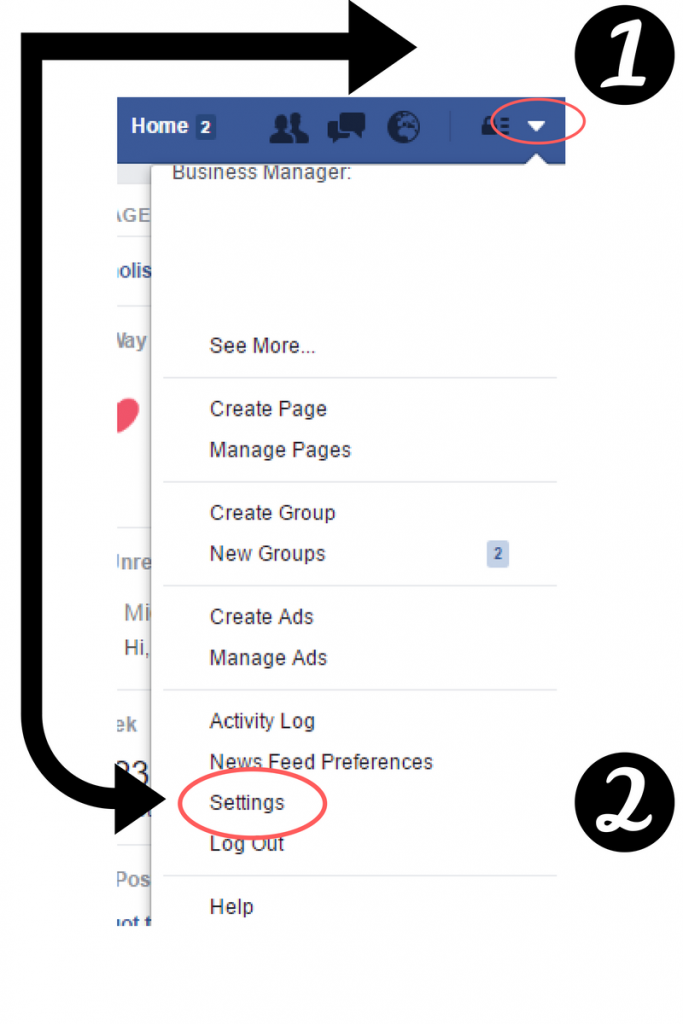
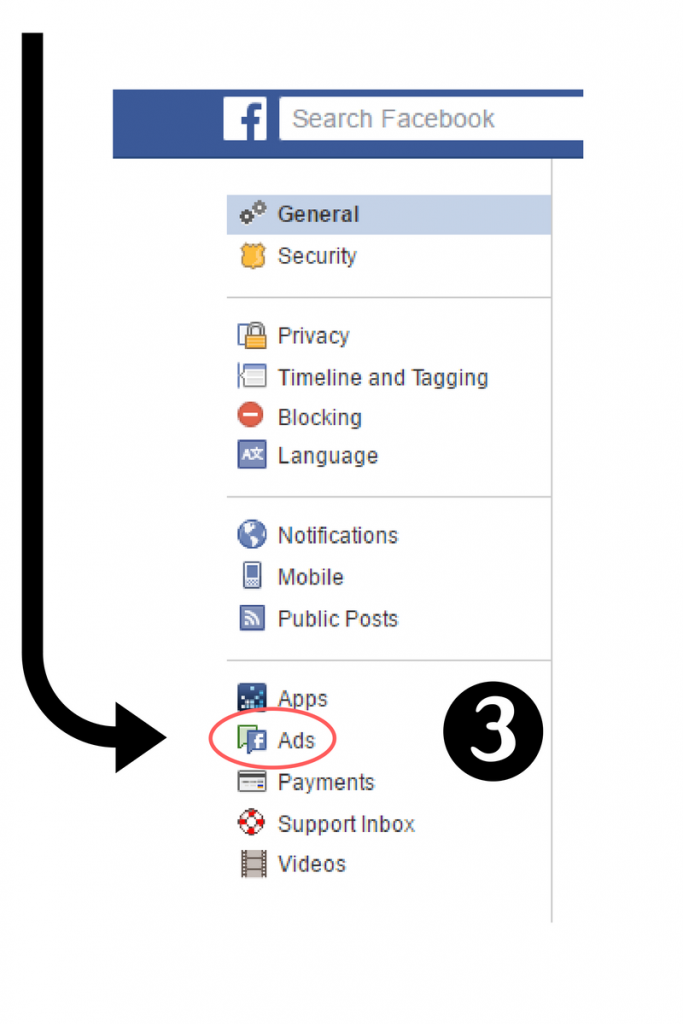
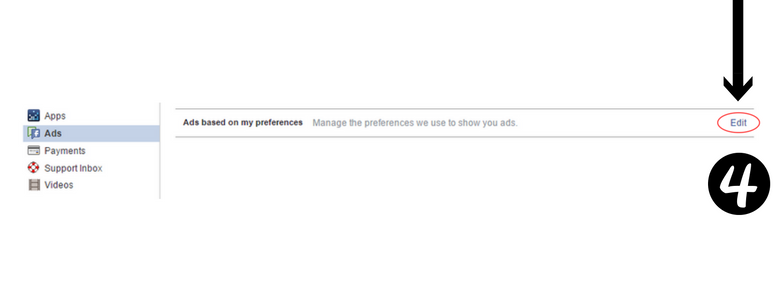
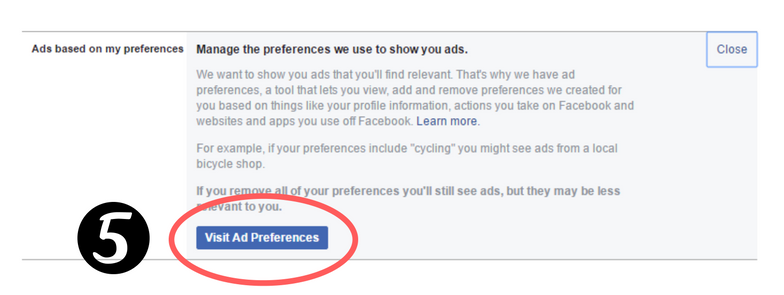
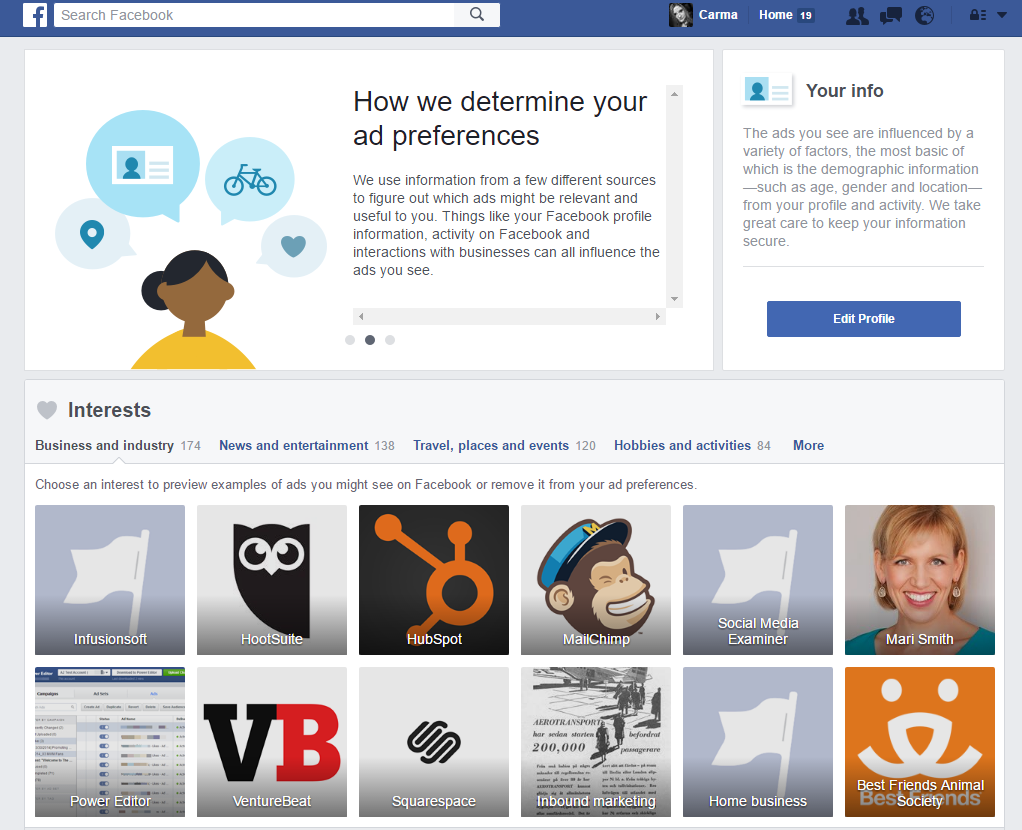
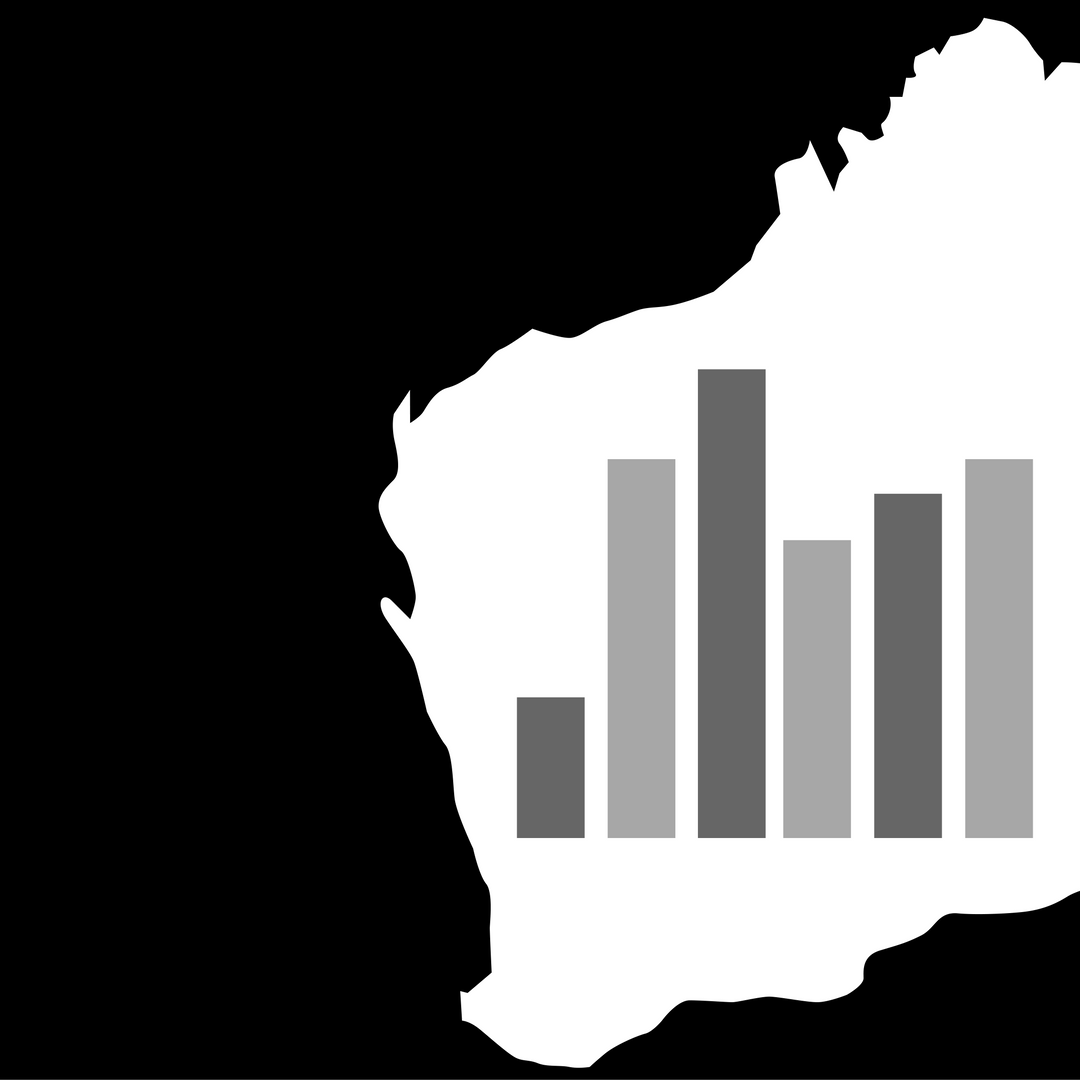
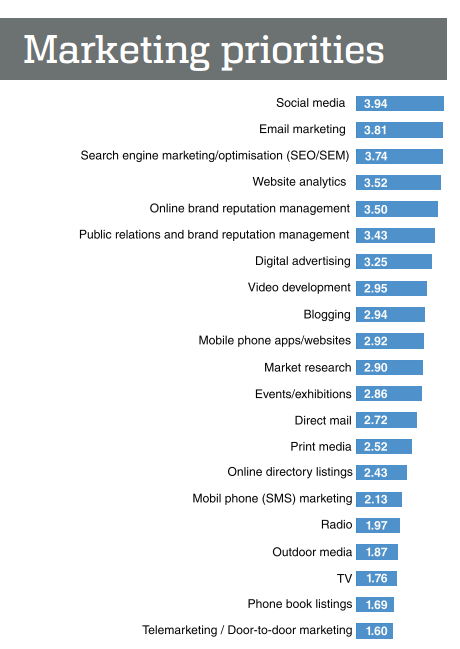
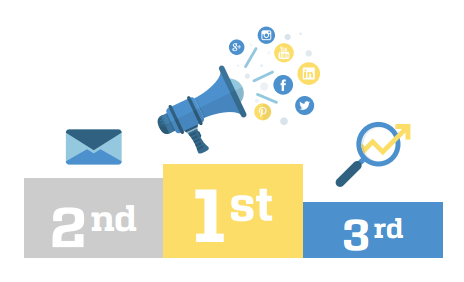
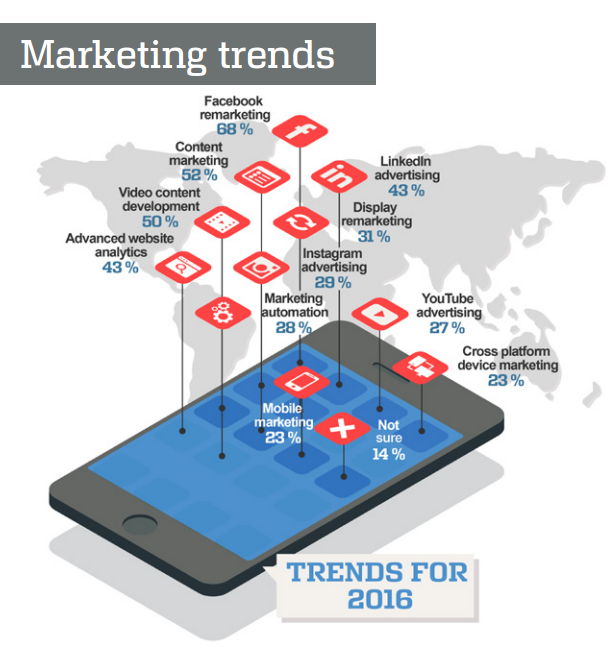
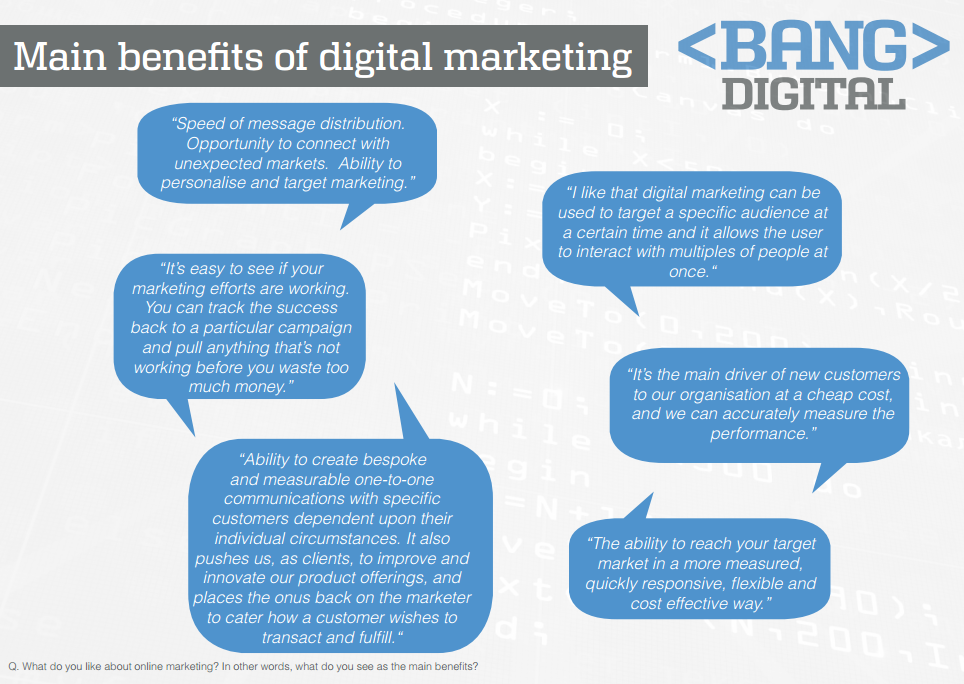
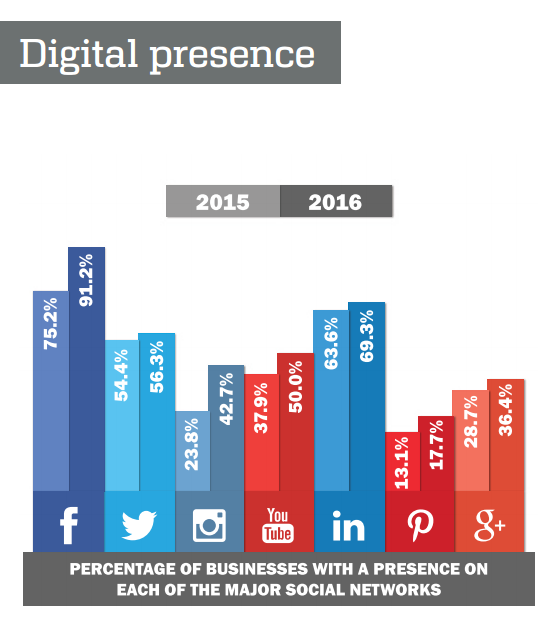
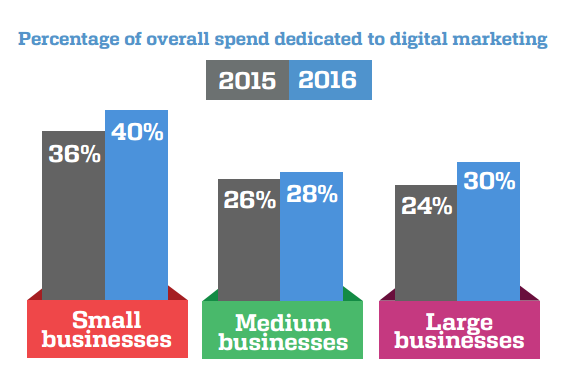
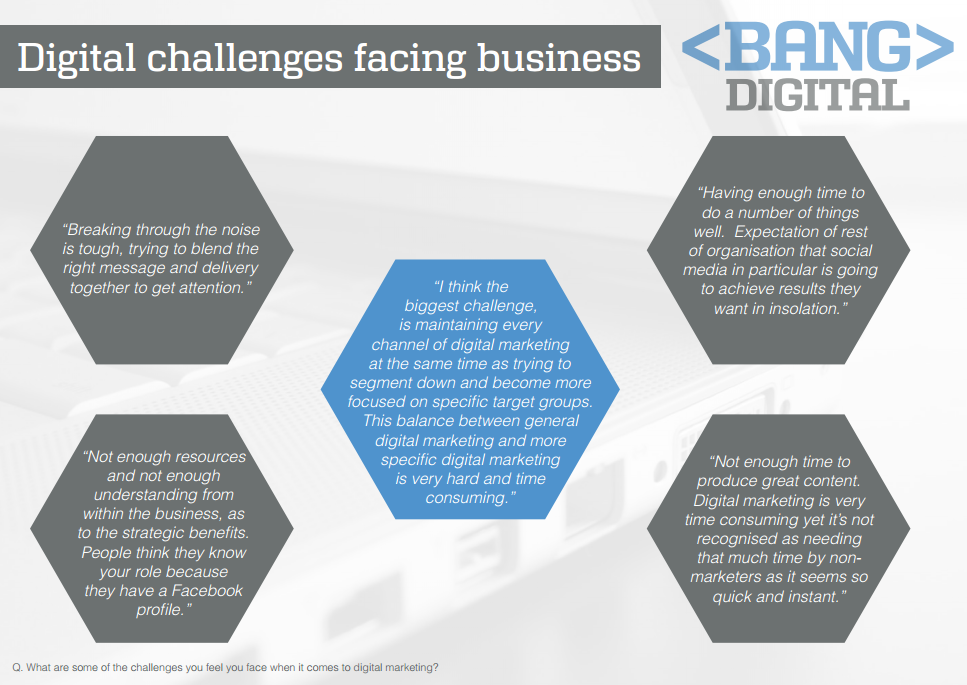


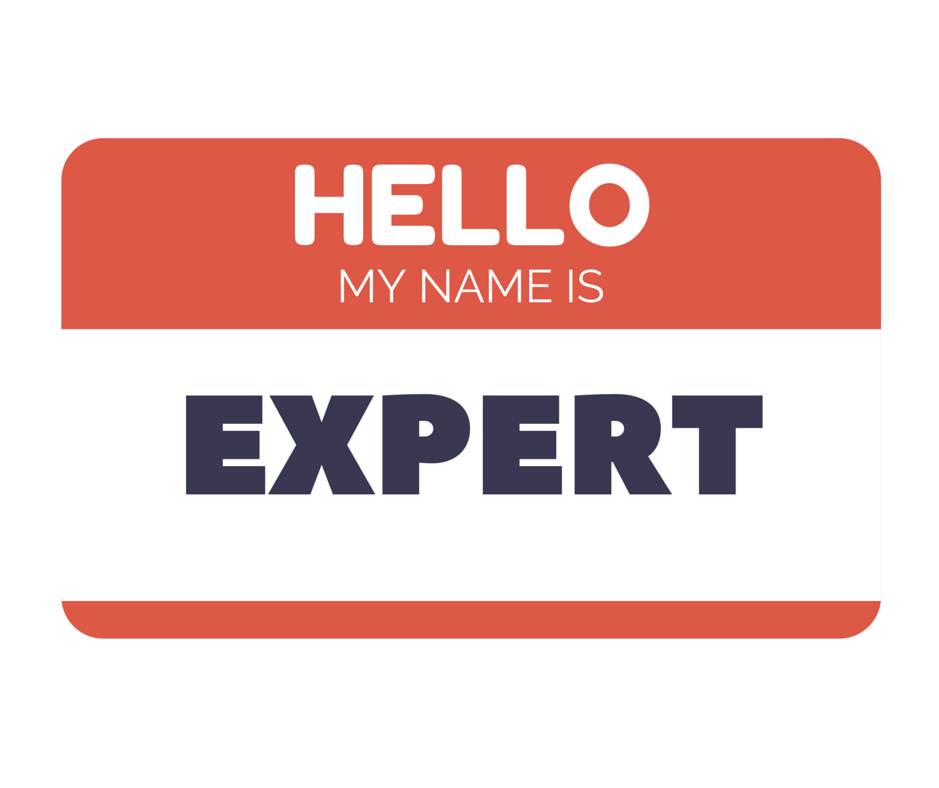



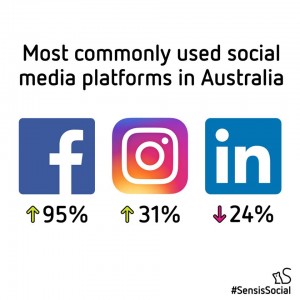

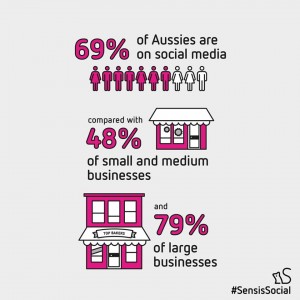
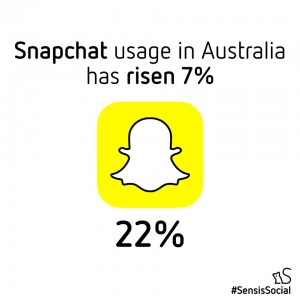
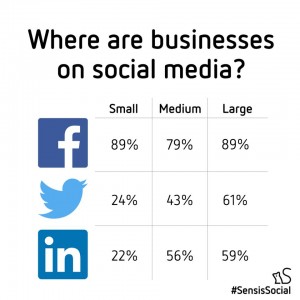
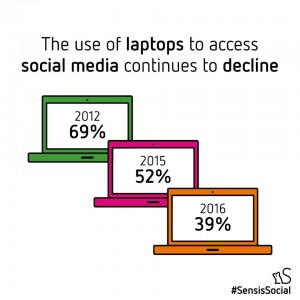
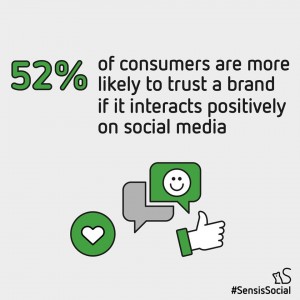
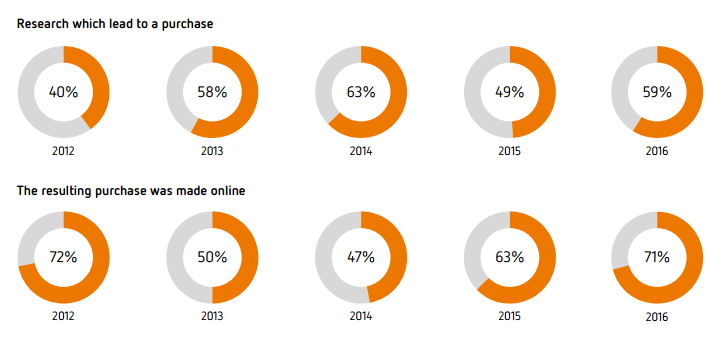
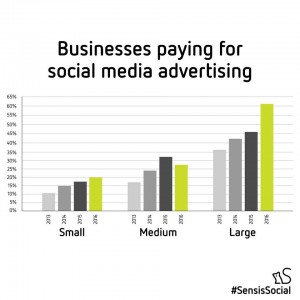
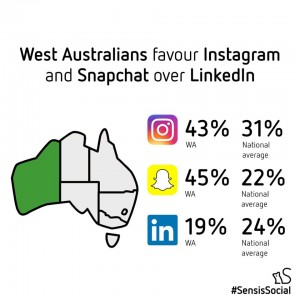
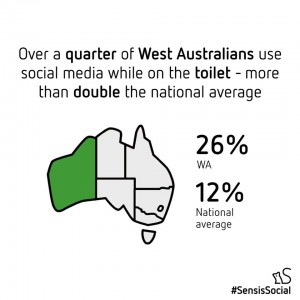
![A Business Blog about Blogging for your Business [blog-ception]](https://carma.social/wp-content/uploads/2016/05/blog-image.png)








